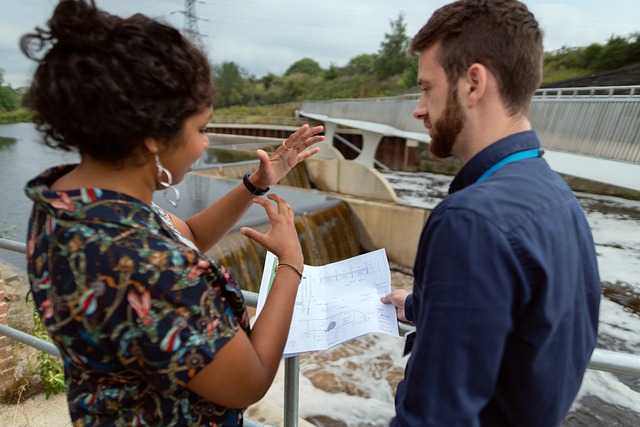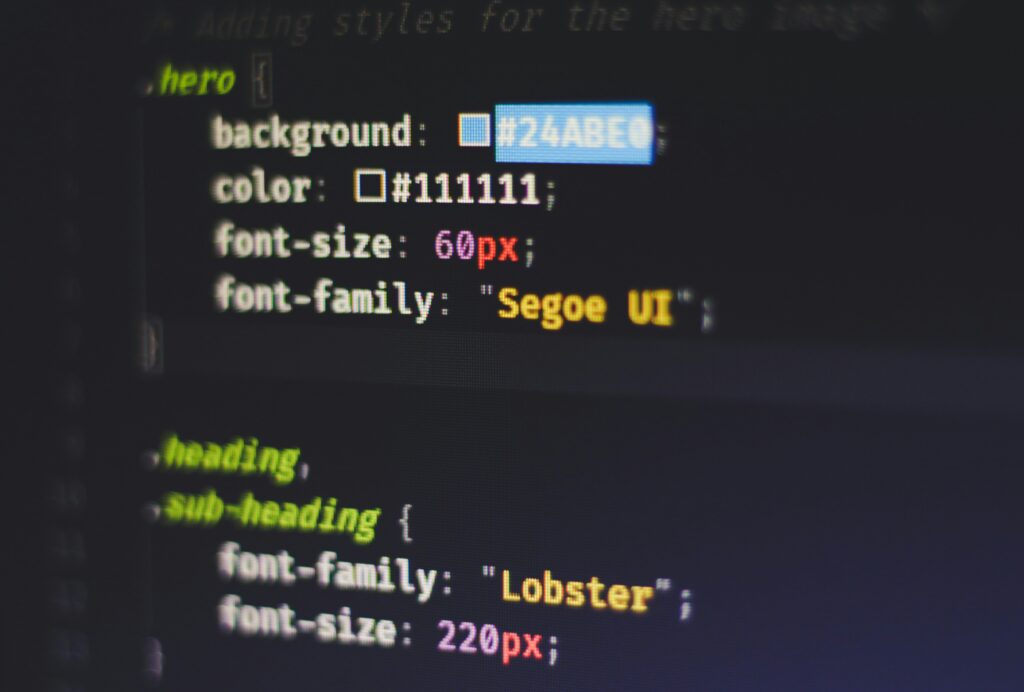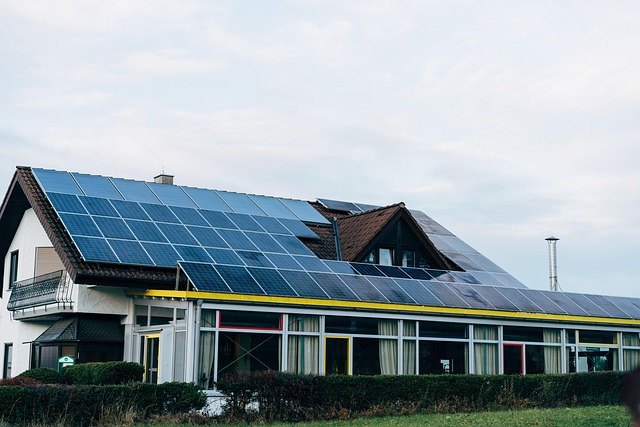Why Solo Design Doesn’t Cut It in Modern Digital Ecosystems
Design in a vacuum doesn’t scale—and it doesn’t survive. Today’s digital products live in fast-moving, cross-functional ecosystems. Design decisions affect code, strategy, marketing, and user experience in real-time. And when designers try to shoulder that weight alone, cracks start to show.
Remote work made this obvious. Teams are now distributed across cities, continents, and time zones. That means collaboration isn’t a nice-to-have—it’s baked into how work gets done. The most effective design isn’t born in isolation, but in sync with engineers, PMs, and content leads during the process—not after. The days of sending off mockups and waiting for feedback are fading fast.
The shift is clear: from static reviews to live collaboration. Figma isn’t just a design tool—it’s a shared workspace. Slack and Zoom aren’t just conveniences—they’re part of the process. If you’re not collaborating as you go, you’re already behind.
Modern digital design isn’t about solo genius. It’s about fast feedback loops, shared ownership, and staying in step with how customers—and teams—move.
Feedback Loops Without the Lag
Tired of chasing comments through endless message threads and email chains? That’s over. Today’s design tools let teams speak directly inside the work, right where it happens. Think live annotations, time-stamped voice notes, and inline comment threads—all layered directly into the designs themselves. No more jumping between tabs or trailing feedback by days.
Decisions move faster now. Designers tweak in real time. Stakeholders reply in-line. What used to take a week of back-and-forth now wraps in a sprint, maybe even a single meeting. These faster feedback loops don’t just save time—they reduce confusion. Designers know exactly what’s being asked. Reviewers see exactly what’s being changed.
Bottom line: the best teams aren’t just collaborating. They’re doing it cleanly, clearly, and fast.
AI Is Speeding Up Workflow—Without Replacing Humans
AI tools have gone from novelty to necessity. Creators are using generative tools to streamline the boring stuff: editing cuts, thumbnail generation, scripting outlines, research summaries. It’s about speed, not shortcuts.
But here’s the real line—AI isn’t replacing the creator’s personal voice. The best vloggers use these tools like co-pilots, not drivers. They’re automating workflows to save time, not outsourcing what makes their content unique.
There’s room to experiment. Try using AI to pull insights from comments, identify content gaps with analytics, or test different titles. Just don’t let it write your story for you. The audience can tell.
The top performers? They know when to automate—and when to slow down and craft manually. AI can write a script, but it won’t know how you really say things. That’s still all you.
Cutting unnecessary back-and-forth in the vlogging process isn’t just about saving time—it’s also about creating smarter, cleaner workflows. With better scripting tools, AI-driven editing drafts, and streamlined feedback loops from platforms and collaborators, creators are making fewer revisions and wasting less effort. That means fewer files stored, fewer re-exports, less energy spent.
This efficiency doesn’t just reduce bloat. It trims real costs: less bandwidth, lower storage needs, and smaller project overhead. Multiply that across a creator’s yearly output, and the impact compounds.
It’s all part of a bigger move toward low-waste, tech-assisted production habits. As more creators adopt eco-conscious tools and tactics, they’re not just optimizing for speed—they’re aligning with tech’s growing role in promoting sustainable practices.
(Related read: Sustainable Graphic Design: Tech-Driven Approaches)
Smart Collaboration Is the New Competitive Edge
As vlogging teams grow—whether it’s editors, thumbnail designers, scriptwriters, or remote managers—collaboration is no longer a back-end detail. It’s the backbone. Setting clear permissions and designated roles in your tools (think Notion, Frame.io, or Slack) stops the chaos before it starts. Everyone should know what they own and where their lane ends.
Version tracking matters too. Not just for saving face when a file gets overwritten, but for learning. Each thumbnail revision, each title tweak—it’s all intel. The best teams treat their past work like case studies.
And if you’re working across time zones—or with freelancers who don’t live in your inbox—you need an explicit balance between async and live communication. Know what can wait, and what needs fast feedback. Clarity saves everyone time, and that time adds up.
Work smarter behind the scenes, and your content won’t just drop faster—it’ll come out sharper.
Real-Time Tools Are the New Standard
Real-time design and collaboration tools used to be a nice bonus—now, they’re mission-critical. Vloggers and creative teams that rely on clunky back-and-forths or outdated revision cycles are falling behind. If you can’t test an edit, swap a thumbnail, or leave clear notes in the same hour, you’re losing that hour to someone who can.
The standout creators in 2024 are working light and fast. They’re not obsessing over a perfect first draft—they’re sharing rough cuts, making decisions in the moment, and iterating without ego. Flexibility wins over formality. Tools like Frame.io, Figma, and collaborative timelines in Adobe Premiere aren’t just software—they’re the creative glue holding these fast-moving teams together.
In a landscape where trends shift overnight, perfection is a false god. It’s not about flawless execution—it’s about staying connected, moving fast, and letting good ideas surface through quick collaboration.


 Lead Software Strategist
Lead Software Strategist
